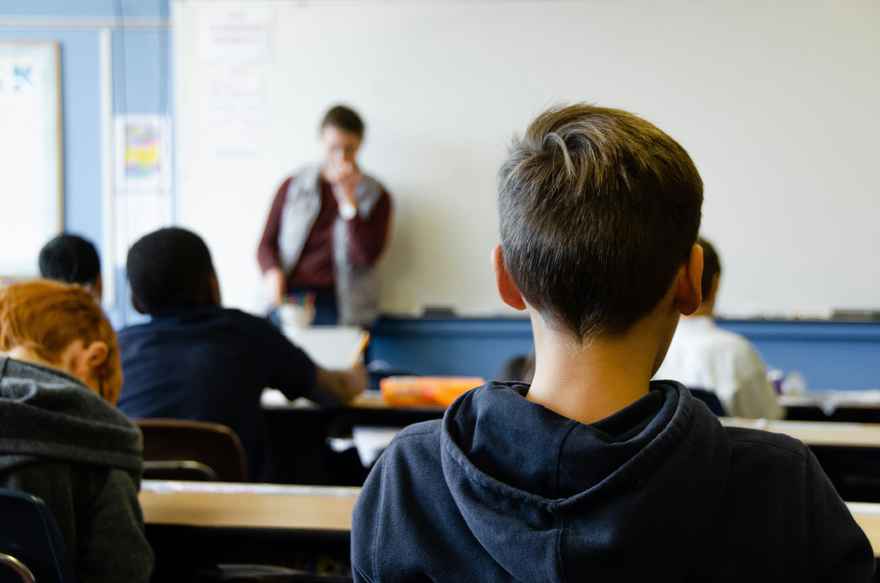Tackling Back to School Anxiety

Returning to school in the new year triggers mixed emotions in children. Some wish the long summer weeks will never end, while for others boredom sets in, or they miss their school friends and yearn for the return to the classroom. Regardless, many children start to feel anxious and a bit wobbly on the first day back at school, but with parental support most children are able to move through their fear, embrace new and rekindled friendships, and settle into the demands of the classroom.
These four steps may seem simple, but taken slowly and gently can mean the world to a worried child:
- Take their worries seriously and show gentle curiosity. Sometimes children are concerned about something very specific that will surprise you and may be easily addressed, such as not having the ‘right’ sandals or uniform like their friends. If it is something you consider small, don’t minimise their fear - to them it may be the world, or the one practical thing that comes to mind in a sea of free floating anxiety. Instead move on to empathising.
- Empathising with your child is powerful. Let them know you understand they have wobbly feelings and help them name it. We can often try and step in too quickly to reassure - spend this time acknowledging your child’s experience so they know you really “get them”.
- Normalise their feelings. Let them know lots of children feel anxious on the first day back, that this is normal and many of their classmates probably feel the same way. Explain that wobbly feelings often arise when we do new things, different things, or things we haven’t done for a while, such as going back to school.
- Remind them of their strengths that can help them get through this, eg courage, persistence, bravery. Remind them you have confidence in them, and will be supporting them and thinking of them. Encouraging children to tackle their wobbly moments is important, as otherwise it can trigger avoidance. Note: if your child is looking and sounding like they are having a ‘meltdown’, this will indicate they have moved into “fight/flight”, and this step is unlikely to work. Stay with supporting their feelings, giving them reassurance and help them slow their breathing.
When it’s more than just the wobbles…..
For some children, the level of anxiety is more than back to school wobbles. For ADHD’ers, the new schoolwork of the year can be a daunting task, with many children fearful about how hard it can be to focus and keep up. For others, the social navigations can generate huge anxiety, either because they have difficulty in friendship networks, or because they have been bullied in the past. Neurodivergent children can find playground politics particularly difficult. Separation anxiety remains the most common cause, and can even generate school refusal as a child’s panic escalates and their “fight/flight” response kicks in.
Some children are able to voice these big concerns, but many can’t, and instead their anxiety shows in their bodies or their behaviour. They may have frequent and unexplained tummy pains, headaches, or eczema. They may become quiet and withdrawn where previously they were animated and engaged. Or they may become obstinate and oppositional, whereas previously they were easy going. Sustained anxiety like this rarely subsides on its own, and seeking support early is important. It can be reassuring to know that childhood anxiety responds well to interventions like play therapy, which focuses on increasing confidence, self esteem and ability to manage big feelings.


0 comments
Leave a comment
Please log in or register to post a comment